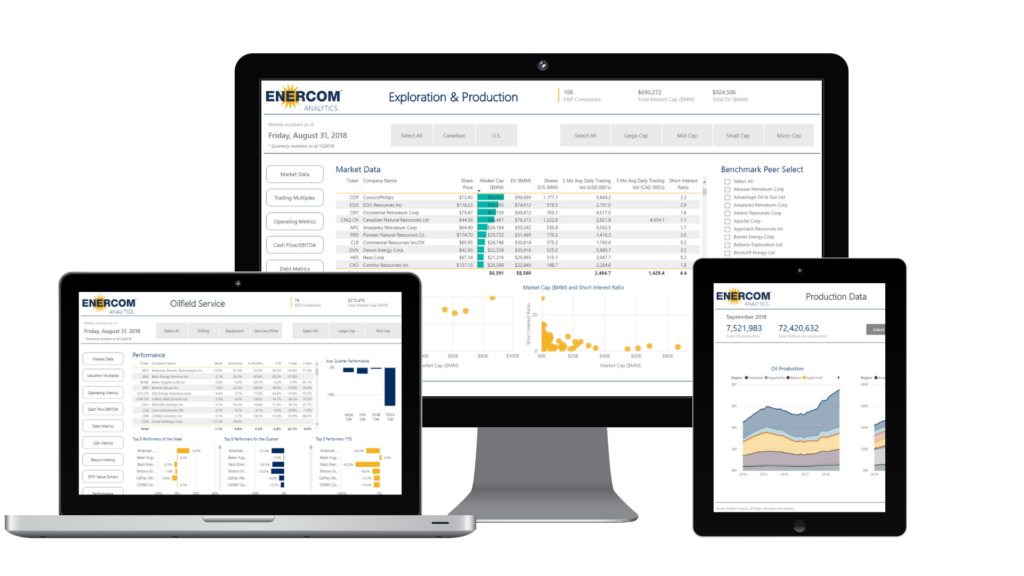(Oil Price) – Chevron is betting on the multi-billion acquisition of Hess Corp to boost its assets with high-quality Guyana acreage where billions of barrels of oil equivalent have been discovered.
Chevron’s reserves replacement ratio has dropped in recent years and its oil and gas reserves have now declined to the lowest level in at least a decade, according to a Reuters analysis.
The falling reserves and the reserves replacement ratio (RRR) at below 100% make the proposed acquisition of Hess key to boosting Chevron’s asset base and RRR in the short term.
On the Q4 earnings call at the end of last month, Chevron said that its reserves replacement ratio (RRR) was -4% for 2024, with the largest reductions in proved reserves coming from production and the sale of oil sands and shale and tight assets in Canada. Additions to reserves were mainly from extensions and discoveries in the Permian and DJ Basins.
Excluding impacts from asset sales and acquisitions, organic reserves replacement ratio was 45%, Chevron said, reminding investors that reserves associated with shale development are limited to a five-year planning and execution period per SEC regulations.
During the past 10-year period, Chevron’s reserves replacement ratio was 88%, it said.
The ratio below 100% means that Chevron is depleting reserves faster than it can replace them.
The $53-billion acquisition of Hess would help increase the reserves and the RRR thanks to Hess’s 30% stake in the Stabroek block offshore Guyana where the operator Exxon has found more than 11 billion barrels of oil equivalent resources.
However, the deal has yet to clear several milestones before closing. The most important – and potentially most problematic – is the arbitration that Exxon and CNOOC, the third partner in Guyana’s prolific block, are seeking with Chevron over the proposed acquisition of Hess.
Exxon and China’s CNOOC claim that their current partnership terms with Hess Corp in the Stabroek Block give them the right of first refusal to the acquisition of Hess’s stake.
By Charles Kennedy for Oilprice.com








